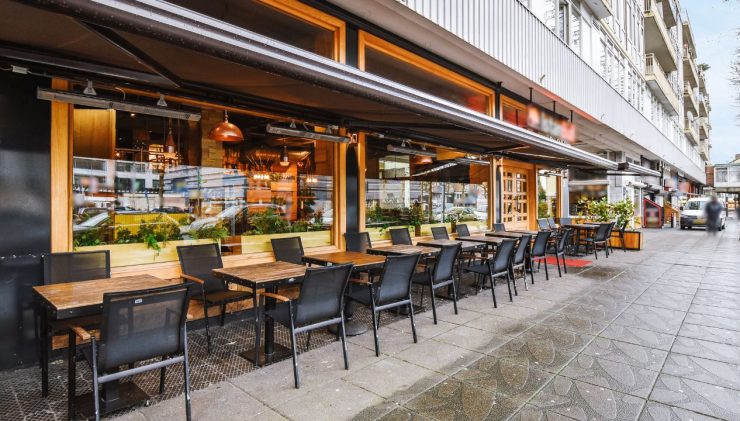 Short-Term Rental Insurance: What You Need to Know
Short-Term Rental Insurance: What You Need to KnowWhen you think of dangerous industries, restaurants are unlikely to be among the first to come to mind. However, as the National Safety Council reports, the leisure and hospitality sector ranked seven in nonfatal injuries and six in deaths per 100,000 workers in 2020. Restaurants may be less dangerous than construction or transportation, but there are still significant risks. Plus, new employee safety issues for restaurants are emerging.
Injuries Are Common
There are many hidden hazards in restaurants. Employees may burn themselves on hot plates, for example, or a child could spill a drink and an employee could slip on the resulting puddle. Carrying heavy dishes can also lead to wrist strain and other repetitive motion injuries.
The U.S. Bureau of Labor Statistics (BLS) says private industry workers in full-service restaurants experienced 93,800 nonfatal injuries and illnesses in 2019 – and that was before COVID-19. Around one in three of these injuries required at least one day away from work. In 2019, there were 88.3 cases of days away from work per 10,000 full-time workers, up from 73.1 in 2018.
High Turnover Can Add to the Risk
The recent surge in turnover may lead to increased risks.
BLS says quit rates surged to 4.5 million in November 2021. The increase in workers quitting was especially prevalent in certain industries, including accommodation and food services.
Many restaurants have been struggling to find and keep workers. Business Insider found that seven out of 10 restaurant operators don’t have enough employees to keep up with customer demand.
These staffing problems can impact safety in multiple ways. For example, when a restaurant is short staffed, employees will need to do more work. As a result, they’ll be scrambling to finish everything as fast as possible, which can contribute to accidents and injuries.
High turnover also means a greater number of new workers, who may be more likely to make mistakes that result in injuries.
Crime Is a Growing Threat
PYMTS says restaurants and grocery stores have been revising their operations in response to rising crime. For example, Starbucks announced it was closing 16 stores because workers had been experiencing problems, including drug use on the premises. Noodles also said it had been dealing with members of the public using drugs in the restrooms.
Drug use can put workers in danger, both because they may come into contact with used needles and because the individuals using drugs may behave erratically.
Violence has also been an issue in restaurants. Insider says two people have been arrested in connection to a brawl that broke out at a Waffle House on Christmas. After the incident, a video of a different fight at another Waffle House went viral. This second video showed a customer throwing a chair at an employee. The employee managed to block the chair with her hand, but she could have been seriously injured.
Fox 5 Atlanta says four people were arrested after a brawl outside a Popeye’s restaurant in Georgia. Two employees were involved in the fight and the 65-year-old manager was knocked unconscious while trying to break it up.
Injuries can be even more serious when guns are involved. Fox 5 Washington DC says a man was shot to death in a restaurant in Maryland.
Emotional and Mental Injuries Deserve Attention, Too
Physical injuries receive a lot of attention, but restaurant operators shouldn’t ignore emotional and mental injuries. These can lead to high turnover, low morale, and possibly even lawsuits and workers’ compensation claims.
Restaurant work is stressful. Employees often have to deal with impatient and sometimes rude, abusive, or even violent customers. KHN says the mental stress faced by restaurant workers has increased because of the pandemic. Many workers are worried about getting sick and have also had to deal with fights over mask requirements. One restaurant owner who was having trouble finding workers conducted a survey to see what workers wanted. Pay was only the third biggest concern: the top concern was mental health, followed by security. He hired a full-time wellness director – a licensed counselor who could provide employees with mental health resources.
Even if restaurants don’t hire wellness directors, they can provide better mental health support through employee benefits.
Restaurant risks keep evolving. Is your insurance coverage keeping up? Heffernan offers hospitality insurance programs and employee benefits to help you cover your risks and keep your workers happy. Learn more.



